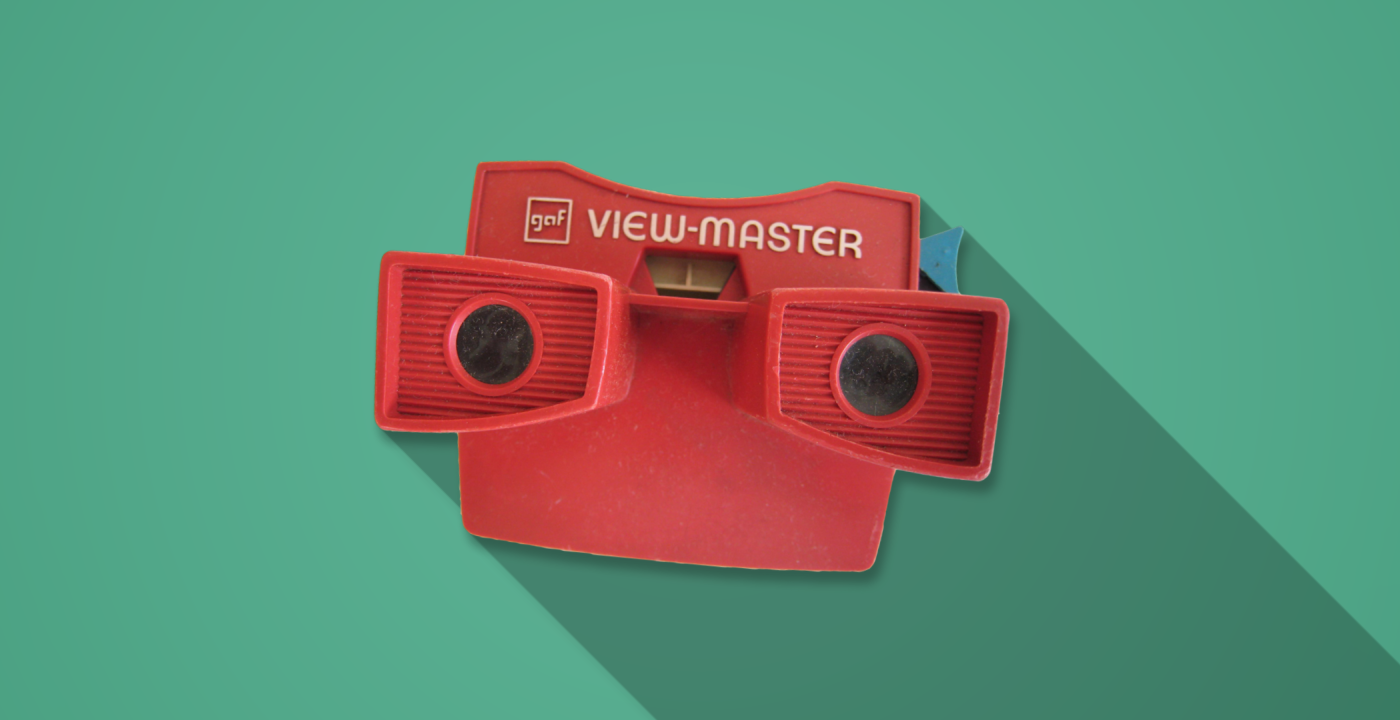

The Script
I drafted together a script that could be used for a narrator to read. At this point I needed to steer the direction of the content to the topics of the Virtual Reality that interested me. I focused more on the spherical video and stitching side of things. I added a few multiple lines with slight variances so that there could be a little bit choice in post.
VR or Virtual Reality is a growing platform and over the past year it has exploded in popularity.
From various popular headsets such as the Oculus Rift to phone manufacturers joining in with products like Samsung’s Gear VR and Google’s, Google Cardboard; VR has naturally progressed out of gaming and into the real world.
Smaller cameras like GoPro’s Hero series are making high resolution VR video possible.
The method I’m interested in uses (at least) six GoPro Hero 4 Black edition cameras in a spherical configuration.
A wireless remote is used to start all six cameras at the same time.
This helps synchronisation for editing.
Each video is shot anywhere between 24 and 60 frames per second depending on requirements.
Each video is shot anywhere between 24 and 60 frames per second.
Let’s look at a single frame from each camera.
The six images are arranged into a specific pattern.
The images are then warped and distorted into a flat, spherical view to create a much larger video frame.
This is called an equirectangular image.
From here we can adjust overlaps, masking and blending to help with the overall video stitch.
This process is repeated for every frame of the video.
This new image can be output up to 8k as a 2 by 1 aspect ratio.
The footage can then be edited, composited and altered similar to previous workflows.
For the full experience a 360 video player is needed. The image is wrapped within the 360 player’s environment.
Facebook and YouTube now natively support 360 footage and can be played back using mobile phones and tablets.
These devices, including Oculus Rift and HTC’s new Vive headset use accelerometers, gyro and head tracking to react to your movements and give a full virtual experience.
For more information and 360 VR content, visit my website.
Audio / Narration
I called on a friend to do some narration work. I needed a happy, cherpy vocal and Leanne fit the bill perfectly. So I locked her in my cloakroom. No seriously, there’s no handle on the inside! Four Edirol R09H’s were used to record the vocal. Different positions and input gains were used to eliminate pops and harsh ‘S’s. Also the 3rd and 4th Edirol were on a low gain setting as a safety net for any clipping issues. Lastly a tablet was used to read from rather than a laptop as it made no fan noise while operating. A canon 7D was placed in front, for future nostalgia.





Animation
Over the next few images I will show parts of the animation and timeline. Various plugins, expressions and masking techinques were used to give some of the effects like long shadows and a slight rubberised effect to the key frames. The Kolor AutoPano suite was used to export some of the flat spherical footage. Finally Maxon Cinema 4D was used for one transforming shot into the 360 spherical footage.
















